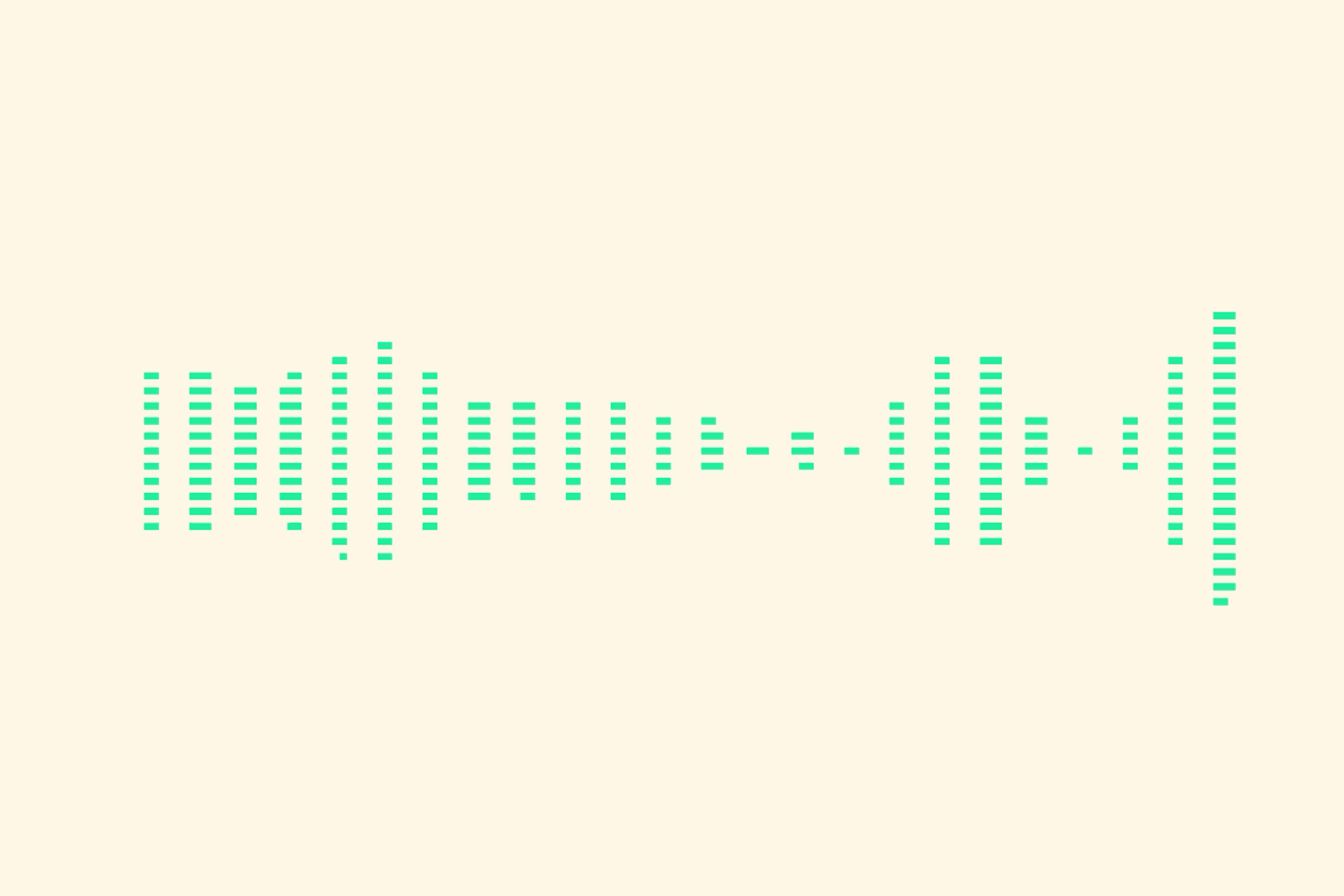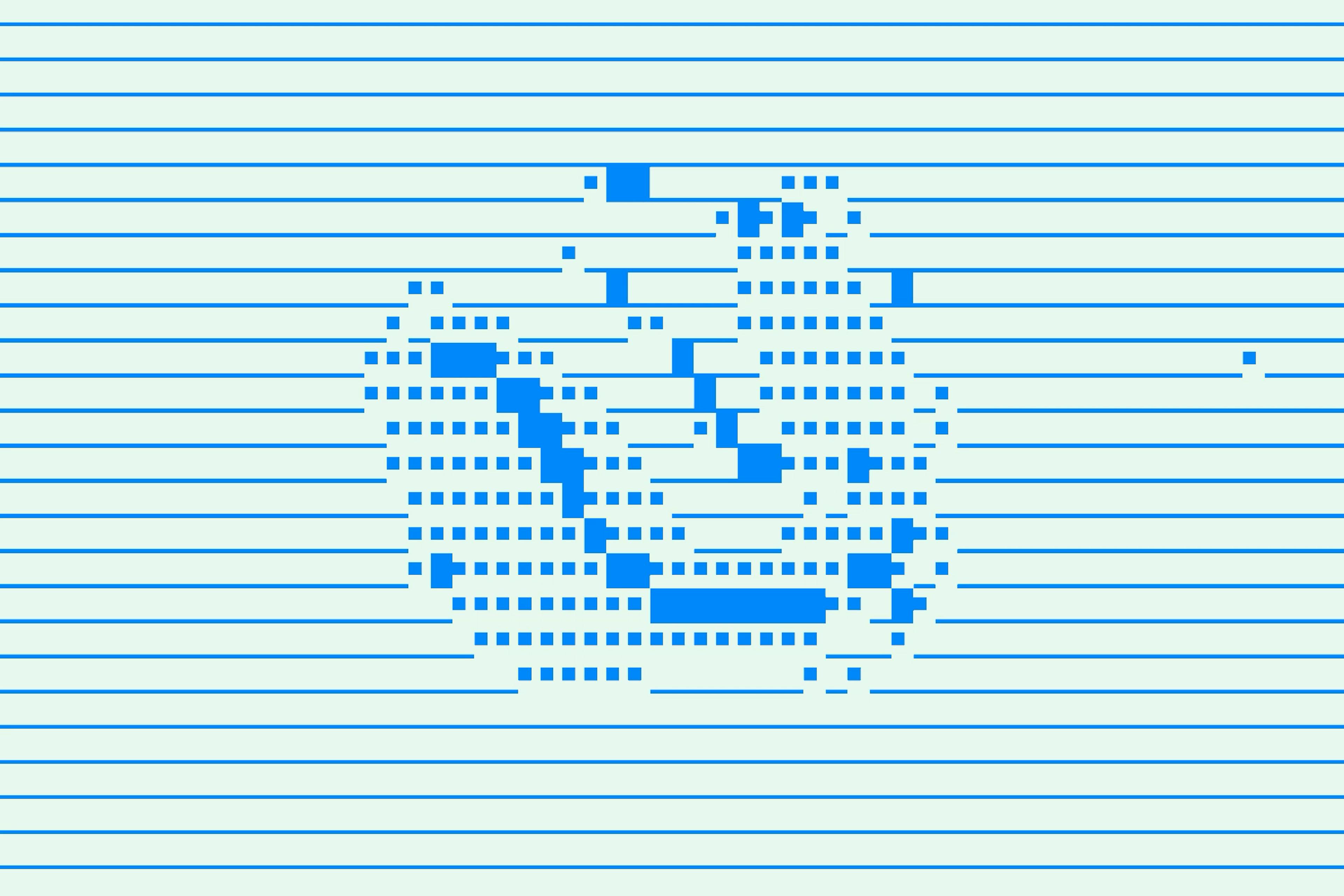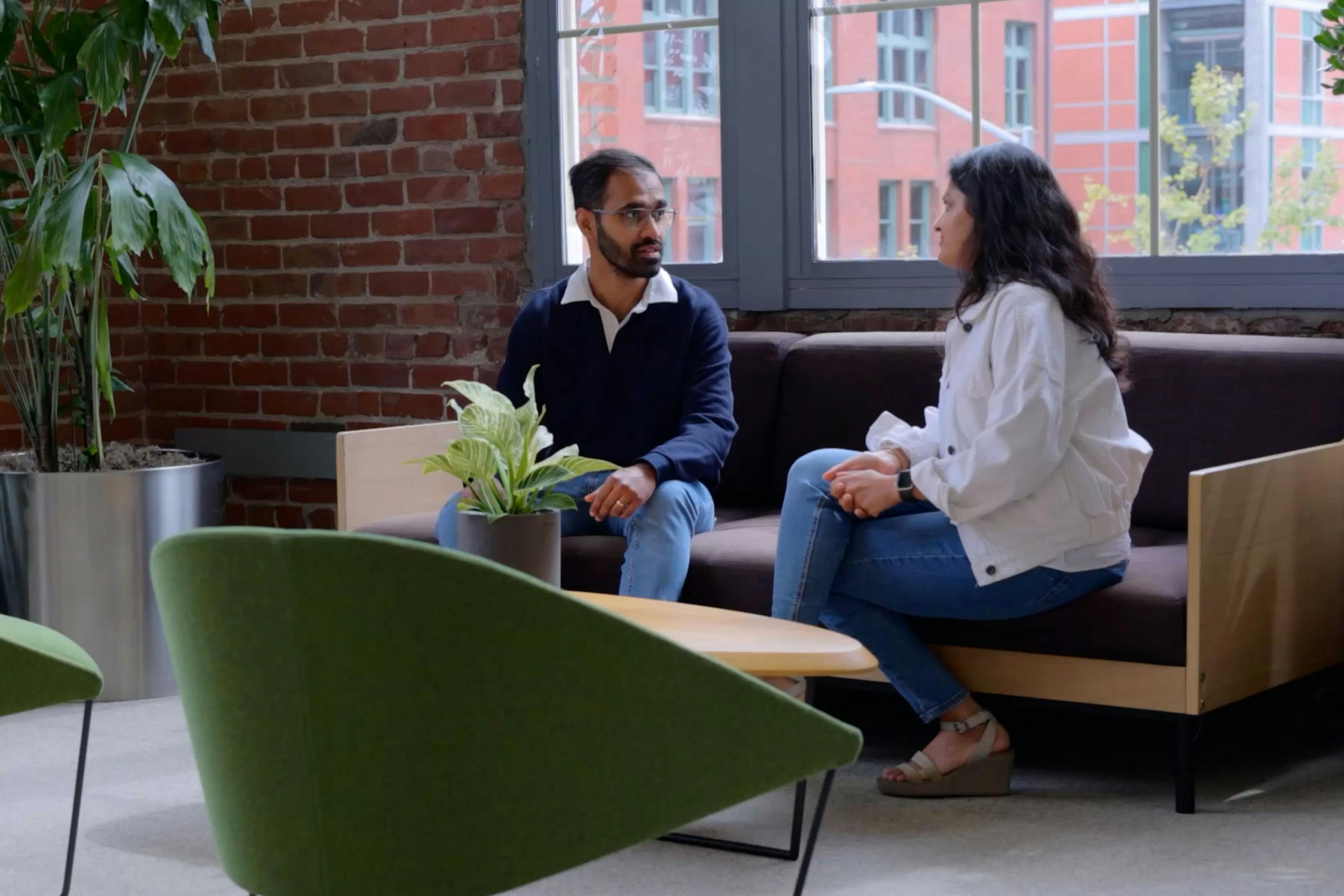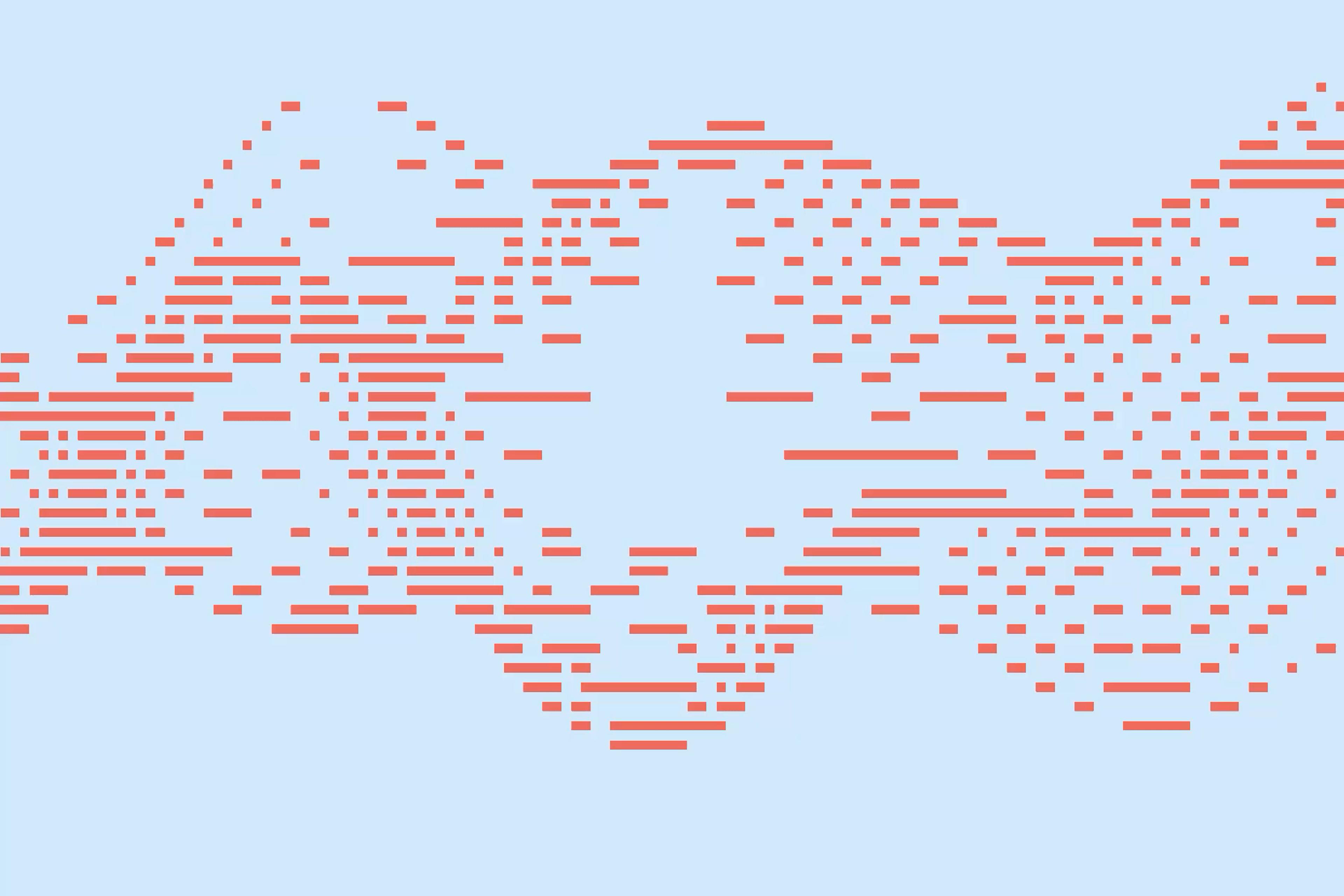
An 82-year-old retiree lost his entire retirement fund—$690,000—to a deepfake of Elon Musk promoting a fake investment opportunity. The video was flawless. The scam took minutes to execute. The money vanished forever.
In Q1 2025 alone, deepfake fraud exceeded $200 million in documented losses. The technology that once required Hollywood studios now needs just three seconds of audio and a laptop.
The collapse of "seeing is believing"
The numbers tell a stark story:
- 3 seconds: All the audio needed to clone a voice with 85% accuracy
- 0.1%: People who can identify all deepfakes correctly
- 3,000%: Surge in deepfake fraud attempts in 2023
- Every 5 minutes: How often a deepfake scam occurs globally
Real-time deepfakes have arrived. Finance workers join video calls with executives who look right, sound right, and respond naturally to questions—but aren't real. Companies report average losses of $500,000 per incident, with large enterprises losing even more. Interactive deepfakes are responding in real-time.
Traditional defenses crumble overnight. Banks report customers bypassing voice authentication with three-second clips. Dating apps battle synthetic personas designed for emotional manipulation. Every security system built on recognizing human voices—decades of infrastructure—has been rendered obsolete.
Why detection fails
What changed? The barrier to entry disappeared. Free voice cloning software searches increased 120% between 2023-2024. DeepFaceLab, responsible for 95% of deepfake videos, sits openly on GitHub. Your voice from a LinkedIn video, your face from Instagram—that's all fraudsters need.
The standard advice—look for unnatural blinking, check lighting, listen for robotic speech—is antiquated. The solution requires a fundamental shift: establishing human uniqueness at the foundation, not as an afterthought.
This is where World's approach diverges from traditional security. Instead of trying to detect fakes after they're created, World ID creates an unforgeable proof of human credential. Unlike passwords that can be stolen or facial images that can be faked, this cryptographic proof cannot be synthesized, transferred, or deepfaked.
World ID works where deepfakes attack:
- Video Calls: Verify humanness before sensitive meetings
- Financial Transfers: Require human verification for large transactions
- Account Recovery: Replace security questions with proof of human
- Social Platforms: Ensure you're interacting with real people
The breakthrough: you prove you're human without revealing who you are. No surveillance, no tracking, no privacy trade-offs. The technology shows you're real without knowing you're you.
This matters because deepfakes are just the beginning. As AI agents become indistinguishable from humans, the question "Is this a real person?" becomes critical infrastructure.
The window is closing
New capabilities emerge weekly: real-time voice translation, full-body deepfakes, social AI-video apps like Sora 2, synthetic humans indistinguishable in any digital interaction.
Organizations implementing proof of human technology protect real customers from sophisticated fraudsters. They serve real users, not synthetic impersonators.
The choice is stark: build proof of human verification into digital infrastructure today, or accept a future where every interaction carries doubt.
In an era where three seconds of audio can drain your life savings, proving our humanness isn't surrendering to technology—it's the last line of defense.
Learn how World ID protects against deepfakes while preserving your privacy at world.org.



